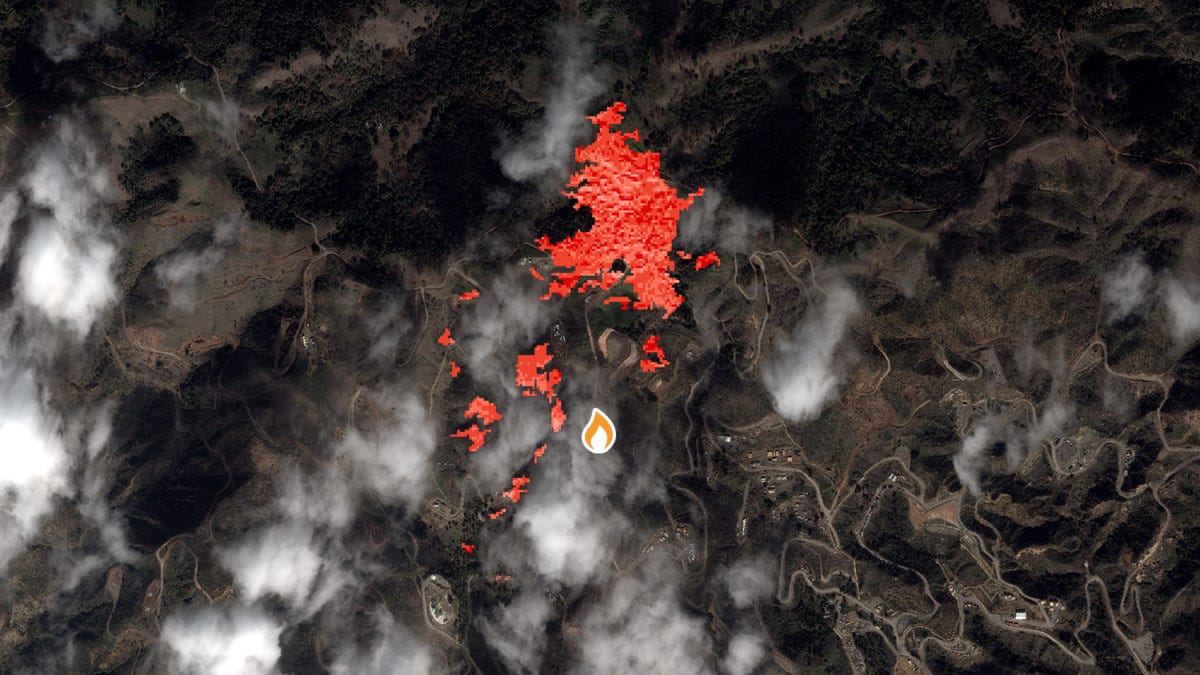Problem
Methane is one of the most potent greenhouse gas emissions. Throughout the world, leaks from hydraulic fracturing and other dangerous movements can spread invisible and odorless gas for months being undetected. The greenhouse gas emissions trap more than 80 times as much heat as carbon dioxide in its first 20 years in the atmosphere. There may not be a large percentage of methane in the atmosphere but the increasing amount of methane emissions is thawing permafrost which could greatly hasten the pace of global warming. Reasons for methane emissions could come from landfills, cattle feeding operations, power plants, and other producers. Estimates show that human-caused emissions of methane are thought to be responsible for about a quarter of the warming being experienced today.
Solution
A helpful possibility that can decrease the amount of methane in the atmosphere is satellites that can detect methane leaks. A team of scientists is trying to send a satellite into space that can pinpoint when and where methane leaks take place so they can be plugged sooner rather than later, according to the New York Times. If successful, the satellite will be able to reduce methane emissions from the oil and gas industry by as much as 50%. The TROPOspheric Monitoring Instrument (TROPOMI), which is onboard the Copernicus Sentinel-5 Precursor, has been demonstrated to be effective in detecting methane emissions. This instrument, which has a spatial resolution of about 50 square kilometers, uses ultraviolet and visible (270–500 nm), near-infrared (675–775 nm), and shortwave infrared (2305–2385 nm) spectral bands from the TROPOMI passive spectrometer. In a new research study by a multi-national team of scientists, results have highlighted that methane emissions detected from the TOPOMI instrument show about one-tenth of global methane emissions come from three countries that are classified as ultra-emitters and major oil and gas producers.
References
https://www.gislounge.com/detecting-methane-with-satellites/
https://www.scientificamerican.com/article/meet-the-satellites-that-can-pinpoint-methane-and-ca rbon-dioxide-leaks/
https://www.nytimes.com/2020/11/11/climate/methane-leaks-satellite-space.html
Written by Aanya Deshpande from MEDILOQUY




